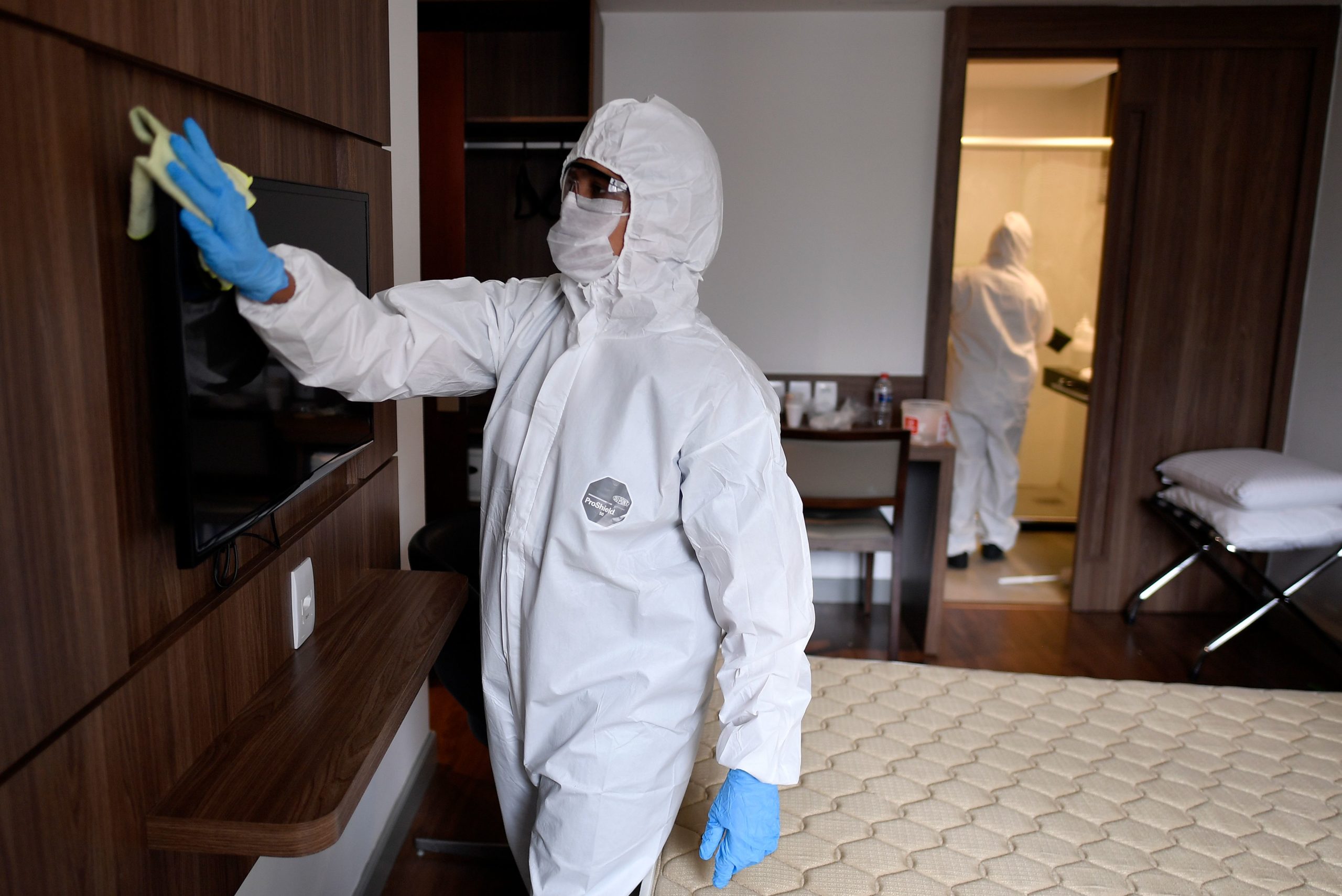Since March, global hospitality groups like Marriott, Wyndham and Hilton have fought an uphill battle to stay above water in the pandemic economy. Chains have seen their occupancy rates and revenues collapse with the onset of the virus, prompting hotel closures and mass layoffs. As of September, the American Hotel and Lodging Association, an industry trade group, estimated that American hotels had lost over 870,000 jobs, over a third of the total workforce, and Statista estimates that occupancy has declined nearly 32% this year.
Industry disruption is certain, but for the big players, weathering the storm is likely a temporary problem. In the long run, business travel will resume, families will vacation again and public events will reopen to fanfare. People will find reasons to return to hotels. And by relying on their massive franchisee networks and light capital expenses, hotel groups can likely break even despite a low occupancy rate.
The greater challenge is in the short term: How do you convince customers in the middle of a global pandemic that it’s safe to stay in a hotel?
“Over 70% of our guests were paying more attention to the cleanliness of their own spaces,” says Phil Cordell, Hilton’s global head of new brand development, who helped lead their sanitation efforts. “It’s part emotional, part logical. How are we going to tackle that?”
For hotels, sanitation during coronavirus has proven an organizational and PR hurdle, mandating new supply chains, a full overhaul of cleaning practices, strategic partnerships and a tightly controlled public narrative. And while some of the changes are likely to be temporary—breakfast buffets, though taboo now, will surely return—others will be long-lasting.
Loading...
For Wyndham Hotel Group, which owns hotel brands including Wyndham, Days Inn and Ramada Inn, decision-making power in the early stages of the pandemic were devolved to a small operations team that scrambled to make sure its franchisees had cleaning basic worked with its suppliers to drop-ship cleaning supplies directly to them.
“Trust eroded right away and had to be rebuilt,” says Mike Mueller, Wyndham’s head of brand operations. “Before, it was taken for granted that things were clean. All of the sudden that became the number one amenity.” Bottles of hand sanitizer and sanitary wipes, proudly displayed, became visual shorthand for a safe, tightly run ship.
Hilton ran a similar program for its franchisees, shipping sanitation care packages, courtesy of Lysol, to all of its locations globally. (If prominently displaying a bottle of Purell in your lobby is a hint, Hilton’s pandemic-era partnership with the iconic disinfectant spray is something slightly less subtle.) “The Americas were easy, Western Europe was fairly easy, but the further east you went in Europe, the harder it became,” says Cordell. “Russia, the -stan countries—those were the difficult ones.”
Public-facing brand partnerships were also at the forefront of Hilton’s larger pandemic response. In April, the company announced its partnership with the Mayo Clinic to develop its new sanitation program. The InterContinental Hotel Group, whose properties include Regent Hotels and Holiday Inn, also partnered with the Cleveland Clinic to develop its new “Way of Clean” regimen, while Marriott brought experts from Purdue University and Cornell on to its Covid-19 sanitation advisory board.
Despite the variety of voices, their recommendations have been similar: Make cleaning supplies and masks readily available, find food and beverage alternatives to traditional hotel dining and clean vigorously between customers’ stays, but scale back on housekeeping during visits to allay anxieties over having strangers in their rooms. (Housekeepers, one of the groups whose employment has suffered most during the coronavirus pandemic, have noted that the new processes have made their work more difficult.)
More creative problem-solving is likely to have mixed results. In April, Marriott announced that it would supply its locations with electrostatic sprayers, tools that spray a positively-charged disinfectant mist that adheres to surfaces. A study from the Cleveland VA Medical Center found that while the sprays are effective, costs may be prohibitive: In September, when Marriott announced a last call for subsidized devices, a small handheld sprayer went for $1,227, while a larger backpack-size version cost $2,543. Meanwhile at Hilton, plans are underway to test UV light-emitting robots to assist in cleaning. Simpler fixes, like mobile check-in apps that limit face-to-face exposure at the front desk, have been widely implemented and are more likely to last the test of time.
“I think expectations are going to change and evolve,” says Cordell. “We’ve got to be quicker on our feet than ever before.”
–By Christian Kreznar, Forbes Staff
Loading...
